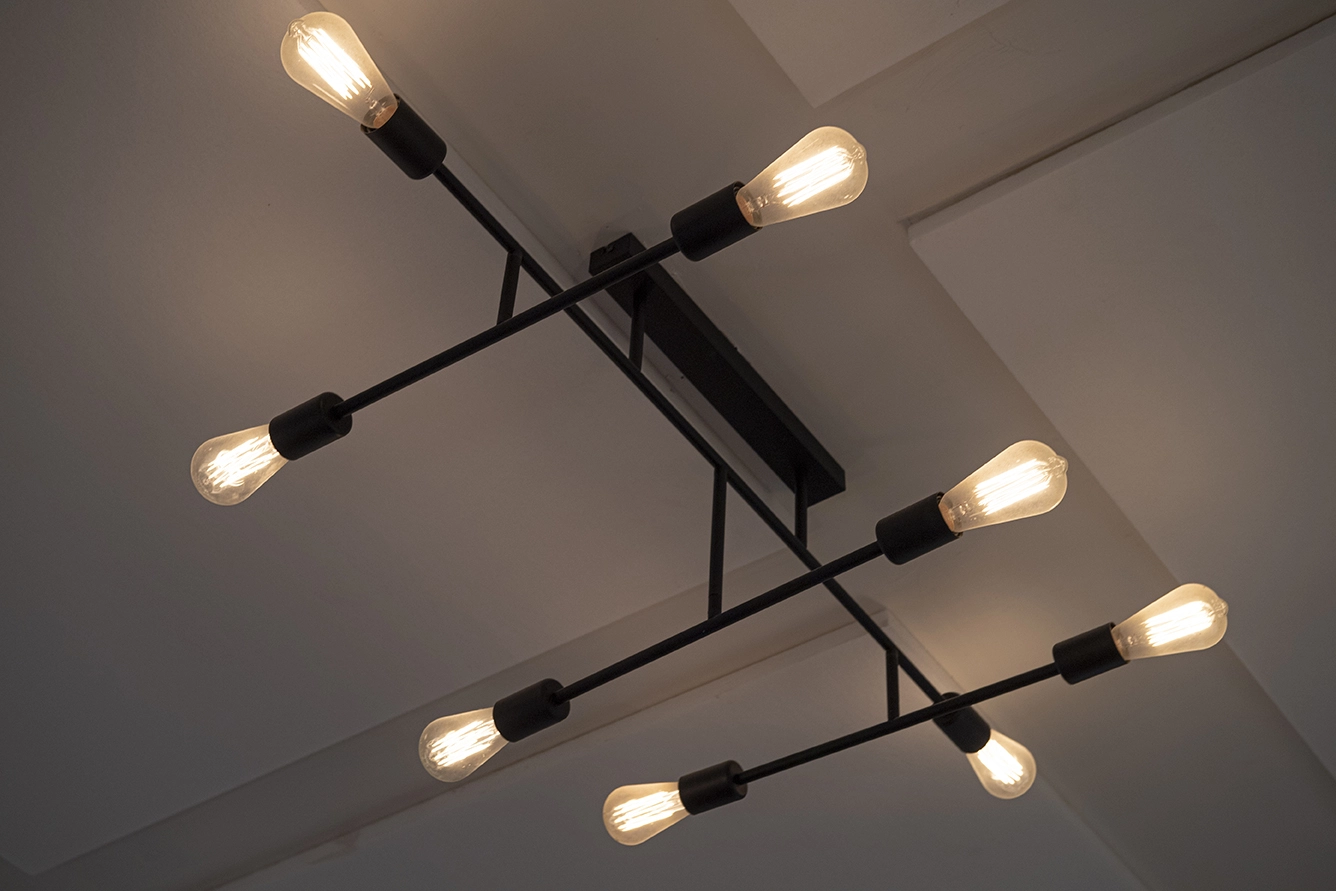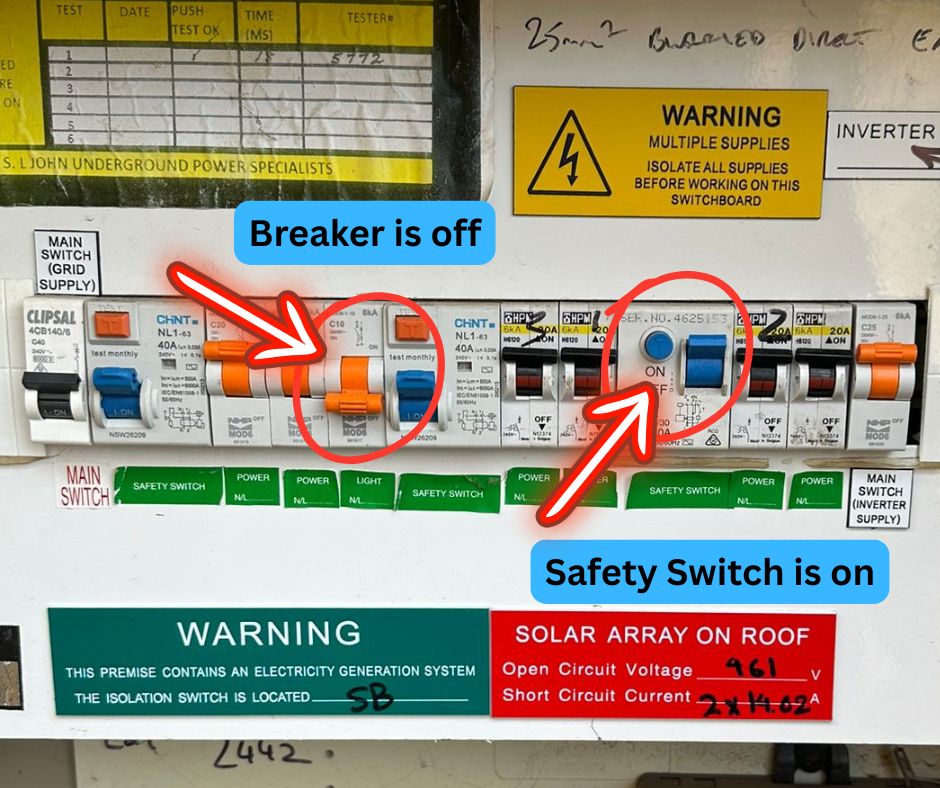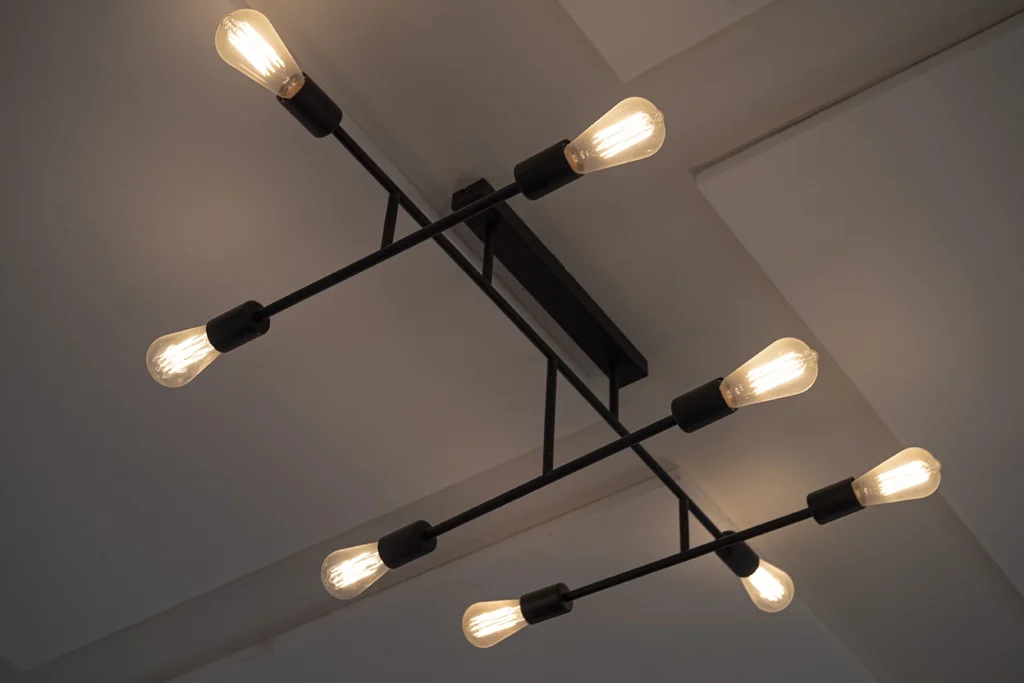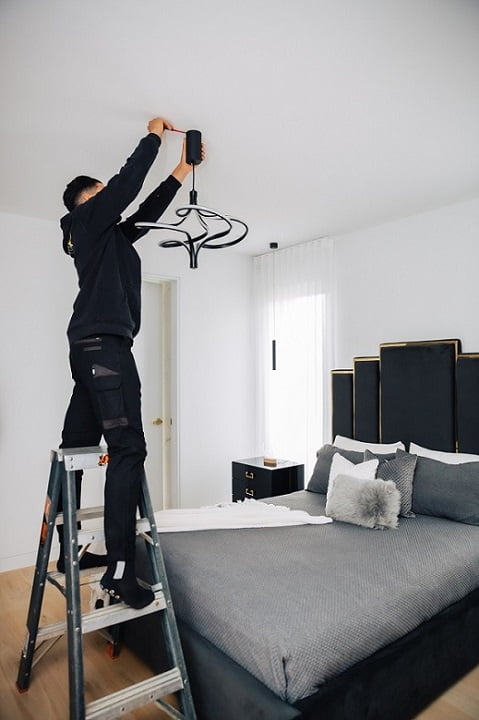Investigate the Underlying Causes of Flickering Lights and Their Potential Risks
Flickering lights can instil a feeling of discomfort in any home, often serving as a precursor to more serious electrical issues. These disturbances can arise from numerous sources, including loose connections, overloaded electrical circuits, sudden voltage fluctuations, worn-out light bulbs, or faulty dimmer switches. In some instances, persistent flickering may indicate a critical wiring issue or a neutral problem that requires urgent attention from a certified electrician to ensure both safety and optimal functionality. It is vital to recognise and respond to these warning signals, as ignoring them could lead to significantly more severe electrical complications in the future.

Comprehensive Understanding of Flickering Lights: Essential Insights
Although a flickering light may appear to be a trivial annoyance, it frequently serves as an early warning sign that more significant electrical complications may be developing underneath the surface. Whether you notice a single downlight flickering, observe an entire room dimming when high-wattage appliances such as a kettle are activated, or encounter ongoing flickering in LED lights, these symptoms often indicate an underlying problem that demands immediate investigation. At Electrx, we take pride in our status as Beacon Preferred electricians, consistently providing a myriad of lighting solutions. We frequently receive inquiries from homeowners in Werribee, Tarneit, Altona, and Hoppers Crossing regarding flickering lights, and we believe it is crucial to share vital insights on this matter.
Identifying the Common Causes of Flickering Lights
Understanding How Loose Connections Affect Lighting Performance
A poor connection at any point in your lighting system—whether at a light fitting, switch, or junction box—can lead to inconsistent power supply issues. This inconsistency manifests as visible flickering, which can be distracting and may also indicate more serious electrical problems lying beneath the surface. Regular inspections and maintenance of your electrical system can assist in identifying and rectifying these loose connections before they escalate into significant hazards that could threaten the safety of your home.
Detecting the Signs of Failing Light Bulbs
As LED globes age or if they are of inferior quality, they often begin to flicker, particularly when paired with incompatible dimmer switches. To ensure reliable functionality and to prevent flickering, it is essential to replace outdated fixtures with higher-quality options. Additionally, improper installation can exacerbate flickering problems, making it vital to ensure that any new bulbs installed are compatible with your existing lighting setup. This helps to promote optimal performance and longevity of your lighting system.
Recognising the Dangers of Overloaded Circuits
Overloading a single circuit with too many appliances, especially in high-demand areas such as the kitchen, can lead to lights dimming or flickering when additional devices are turned on. This scenario underscores the necessity of balancing your circuit loads and possibly redistributing appliances across multiple circuits. This practice not only prevents flickering but also ensures a consistent and reliable power supply throughout your home, enhancing both safety and functionality.
Evaluating the Impact of Faulty Dimmer Switches on Lighting Stability
Not every dimmer switch is suitable for use with LED bulbs. If you have upgraded to LED lighting but continue to use an older dimmer switch, compatibility issues may become evident, leading to flickering. To avoid such complications, it is advisable to replace outdated dimmer switches with modern alternatives that are specifically designed to work seamlessly with LED technology, ensuring stable lighting and optimal performance in your home.
Recognising Voltage Fluctuations and Their Effects on Lighting Performance
If you observe your lights dimming when high-power appliances such as heaters activate or flickering during the refrigerator’s cycling, you may be experiencing unstable voltage supply or issues with the neutral conductor. These fluctuations can potentially cause significant damage over time, making it imperative to conduct a thorough inspection of your electrical system to identify and rectify the underlying issues contributing to these voltage irregularities. Addressing these concerns promptly can help prevent future complications and ensure a safe living environment.
Recognising When Flickering Lights Signal Serious Electrical Issues
While occasional flickering may not pose an immediate threat, certain warning signs should alert you to potential underlying issues that require prompt attention:
- Multiple rooms flicker simultaneously, suggesting a widespread electrical problem
- Lights brighten and then dim again, indicating an unstable power supply
- Buzzing sounds emanating from the switchboard or fixtures
- Other appliances exhibit similar flickering behaviour
- Burning smells or discoloration around light fittings
These indicators may signify a potential electrical fault that could pose a fire risk or lead to electrical accidents. It is crucial to take these signs seriously and seek the expertise of a qualified electrician without delay to ensure the safety of your home and family.
Practical DIY Checks to Diagnose Flickering Lights
- Replace the bulb: If flickering appears to be isolated to one light, substituting the bulb with a premium-quality LED might effectively resolve the issue.
- Test without dimmers: Temporarily removing or bypassing dimmers can assist in determining whether this action stops the flickering.
- Turn off major appliances: If flickering diminishes when heavy-load devices are turned off, this may indicate an imbalance or inadequately sized circuits.
If flickering persists or affects multiple areas of your home, it is imperative to seek professional assistance. Our Electrical Fault Finding team is fully equipped to swiftly trace the source of the issue and implement effective solutions to restore safety and functionality.
Receive Your Free Quote Today!
Take Advantage of Our Complimentary Electrical Inspections

Our Systematic Approach to Resolving Flickering Lights
When we receive calls to investigate flickering lights, we rely on comprehensive assessments rather than assumptions. Our thorough service includes:
- Load and voltage tests conducted on each circuit to measure performance
- Switchboard inspections to identify loose terminals and deteriorating breakers
- Neutral connection integrity evaluations to ensure safe operation
- Compatibility assessments for dimmers and LED drivers to prevent flickering
- Circuit separation if appliances are overloading shared wiring
- Thermal imaging as necessary to detect hotspots or faults in concealed wiring
If we discover that your switchboard is outdated, we may recommend a Switchboard Upgrade to enhance the stability and safety of your electrical system, ensuring long-term reliability and performance.

Investigating Flickering Lights in Newly Built Homes and Renovations
Even newly constructed homes can experience problems with flickering lights, particularly if lighting fixtures were installed using inferior materials or if the circuits were improperly balanced. Some common causes of flickering in new constructions include:
- Substandard LED drivers that fail to deliver stable power
- Shared circuits for lighting and power, which can lead to inconsistent performance
- Inexpensive “smart” dimmers installed without appropriate load matching, resulting in flickering
- Electricians using halogen-rated dimmers with LED retrofits, causing compatibility challenges
Conducting a thorough site inspection can help ascertain whether the flickering is due to a fitting issue or if it originates from a more serious wiring problem that must be addressed promptly to ensure safety and functionality.
Addressing Common Questions About Flickering Lights
Why do my lights flicker when the washing machine operates?
This typically suggests that your circuit is overloaded, or that the voltage supply drops under load. We are equipped to perform tests and rebalance the circuit to resolve these issues effectively.
Is flickering a dangerous situation?
It can be hazardous. If flickering affects multiple rooms or worsens over time, it may indicate a loose or damaged connection, which poses a potential fire risk.
Can you resolve this without having to rewire the entire house?
Absolutely. In most cases, we can address the issue by repairing or segregating specific circuits, or by replacing defective fittings and switches without necessitating a full rewire.
Can dimmer switches contribute to flickering?
Yes, particularly older dimmer switches when used with LED globes. We can install compatible dimmers or rewire your system to ensure complete LED compatibility and prevent flickering.
The Urgent Need to Address Flickering Lights Promptly
Flickering lights are more than just an annoyance; they frequently serve as indicators that something is amiss within your electrical system. In some cases, rectifying the issue may be straightforward, while in other instances, it could signify the onset of a more serious electrical problem. As Beacon Preferred electricians, we are committed to identifying and rectifying any faults, ensuring that your lighting system remains safe, reliable, and free from worry.
Contact Us for Your Tailored Quote!
Inquire About Our FREE Electrical Inspections Today!

The Article: Flickering Lights? Discover What It Might Indicate first appeared on https://writebuff.com
The Article Flickering Lights? Uncover Their Possible Meanings Was Found On https://limitsofstrategy.com




